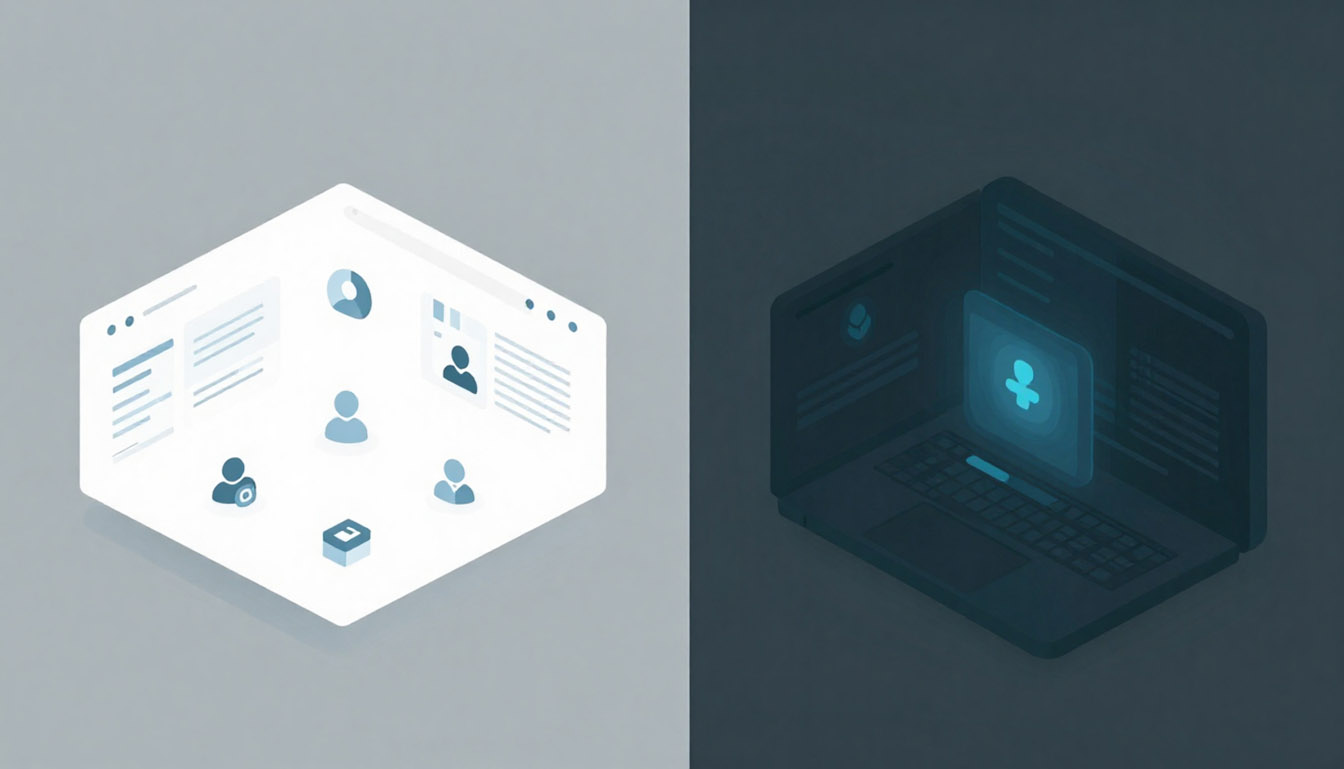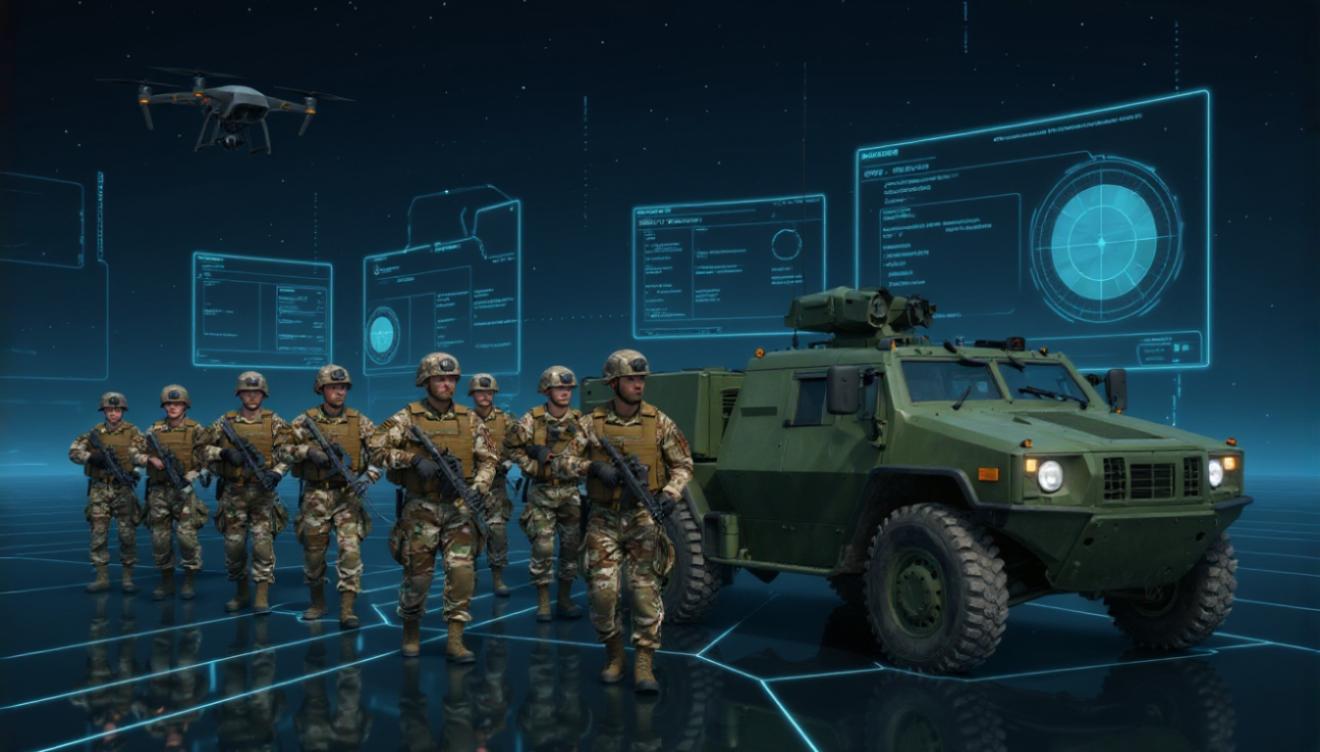Turning shock into strategy: learning from a national-scale breach
June 2025 may go down as a turning point in Europe’s cybersecurity narrative. Sweden, often considered a model of digital infrastructure and resilience, was struck by a coordinated cyberattack of unprecedented scale. The incident not only disrupted key national services — from banking to public broadcasting — but also exposed the fragility of even the most developed digital systems under sustained and targeted assault.
What happened?
The cyberattack began with a wave of deceptive emails, carefully crafted to impersonate trusted internal communications. This phishing campaign targeted employees across public agencies and service providers. Once initial access was gained, attackers deployed zero-day malware to penetrate deeper into internal systems, compromising authentication protocols, paralyzing servers, and disabling critical online services.
The effects were immediate:
-
SVT, Sweden’s public television broadcaster, was taken off air.
-
National banking systems suffered outages, ATM services were suspended, and payment networks slowed to a crawl.
-
Arbetsförmedlingen, the national employment agency, was unable to process job applications or manage unemployment benefits.
-
Several government agencies were forced into emergency offline modes, triggering delays in public service delivery and internal coordination.
Prime Minister Ulf Kristersson publicly declared that “Sweden is under attack,” noting that the scale and coordination of these assaults exceeded anything previously seen.
Likely actors & strategic objectives
While the forensic investigation is ongoing, early indicators suggest the involvement of a highly sophisticated actor — possibly a state-backed group or an advanced criminal network with geopolitical motivations. The methods used and the coordination across sectors hint at objectives beyond mere financial gain. Disruption, destabilization, and erosion of public trust appear to have been core strategic goals.
Experts note several key features:
-
The attacks were overwhelming in volume and persistence, suggesting professional-level actors, possibly state-affiliated.
-
Political analysts connect Sweden’s NATO accession in 2024 and its outspoken support for Ukraine to a spike in hostile digital activity.
-
Official sources, including Sweden’s Security Service (Säpo), have previously flagged Russia, China, and Iran as capable of mounting such campaigns.
The underlying objective appears to go beyond data theft — the intent seems to be systemic disruption, sowing uncertainty and eroding public trust.
Broader context: why it matters
This was not Sweden’s first cyber crisis. Over recent years, government systems, healthcare networks, and municipal infrastructures have been hit by ransomware and data breaches. But the June attack differed in scope and strategic timing — it brought down essential services and highlighted the psychological impact of digital outages. Importantly, no personal data was compromised—it was a coordinated disruption campaign rather than an extortion scheme.
Lessons learned: crisis preparedness as a strategic asset
The cyberattack on Sweden exposed a hard truth: critical infrastructure can be disrupted not only through technical vulnerabilities, but also through psychological and systemic pressure. The goal of this campaign was not financial gain or data theft, but disruption — coordinated, public, and destabilizing. The lesson is clear: resilience must be built before the crisis begins.
Organizations — both public and private — cannot rely solely on firewalls, backups, or cyber insurance. What’s needed is a multi-layered preparedness culture that includes tested crisis protocols, regular training simulations, and clear escalation paths. Leadership teams should not wait for the alarms to ring before deciding who takes charge, how communication will flow, or what the response priorities are. These decisions must be made in advance, rehearsed in realistic settings, and updated regularly as threat landscapes evolve.
Simulations — whether tabletop exercises or full-scale technical stress tests — play a crucial role. They expose weak points in internal coordination, help refine technical and non-technical responses, and foster a shared understanding of risk across departments. These drills should not be limited to IT teams; communications, legal, operations, and executive leadership must be equally involved.
Ultimately, the Swedish experience shows that preparedness is not just a technical matter — it is an operational and reputational safeguard. In an era where hybrid threats target not just systems but societal confidence, the ability to respond with speed, clarity, and coordination is no longer optional. It is strategic. And it must be practiced.
“The Sweden incident underscores that resilience is not built during a crisis — it must be practiced, cross-functional, and led from the top. Simulations reveal not just technical gaps, but also decision-making delays and communication blind spots. That’s where the real vulnerabilities often lie.”
— Director of cybersecurity, ACK3
Sweden’s June 2025 cyber siege demonstrates that scale, intent, and timing have changed. Digital attacks now resemble hybrid warfare — quiet in method, loud in impact. For both public and private sectors, this reinforces a crucial message: robust preparation, practiced response, and resilient design are the pillars of a defensible future.
Is your organization ready for a coordinated cyber crisis?
At ACK3, our Crisis Simulator Training (CST) prepares leadership teams to respond with speed, clarity, and cohesion—before a real-world breach puts you to the test.







